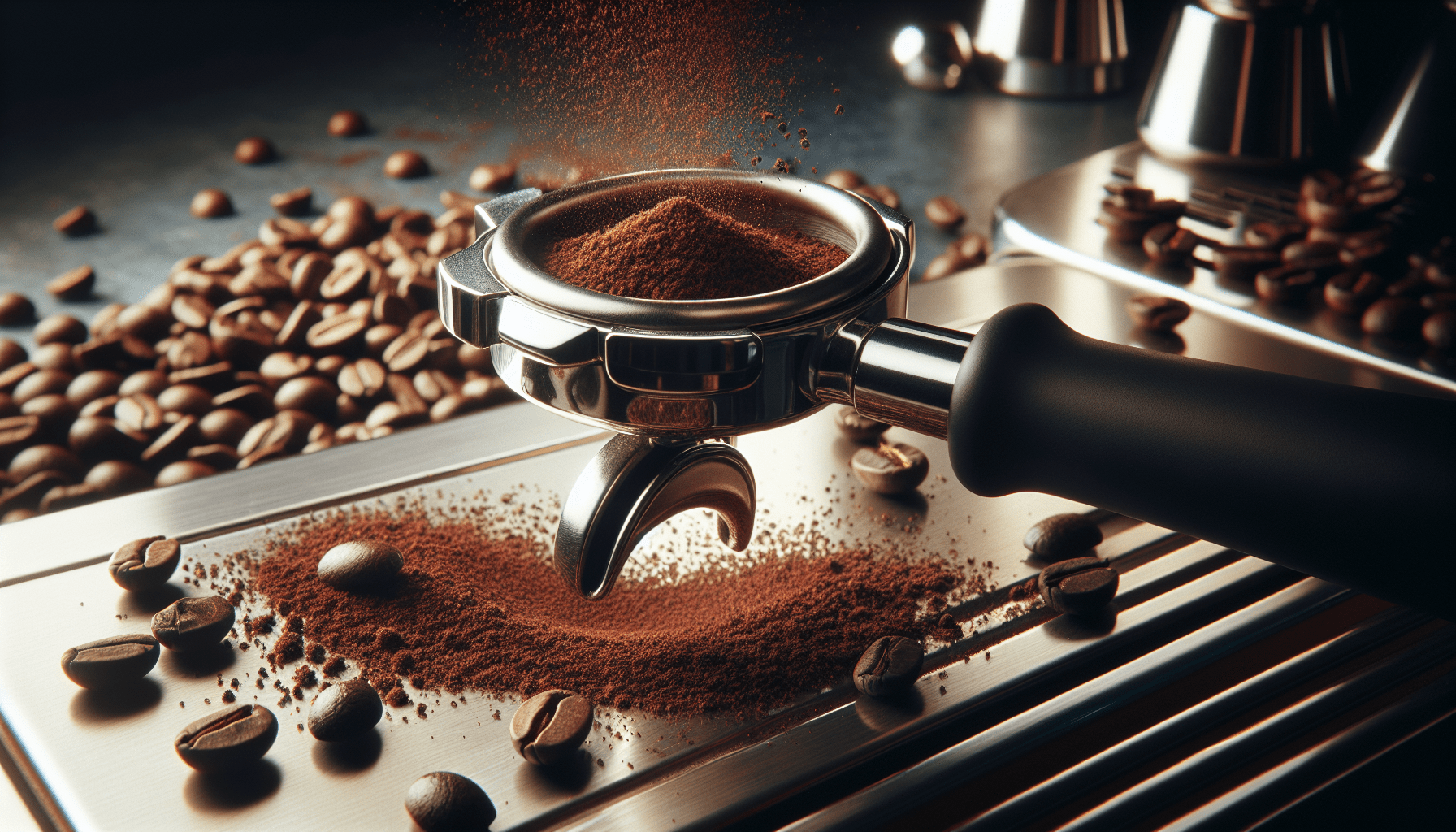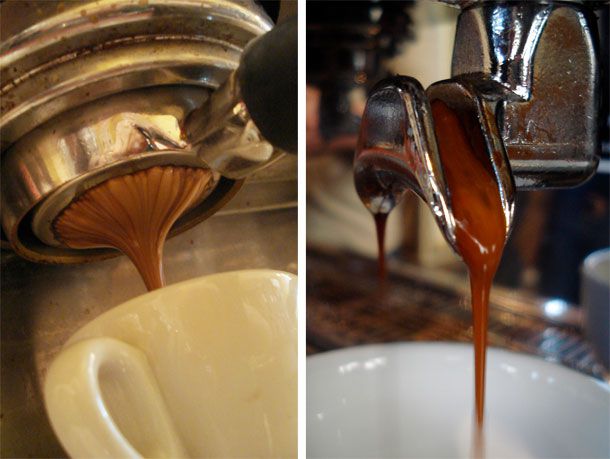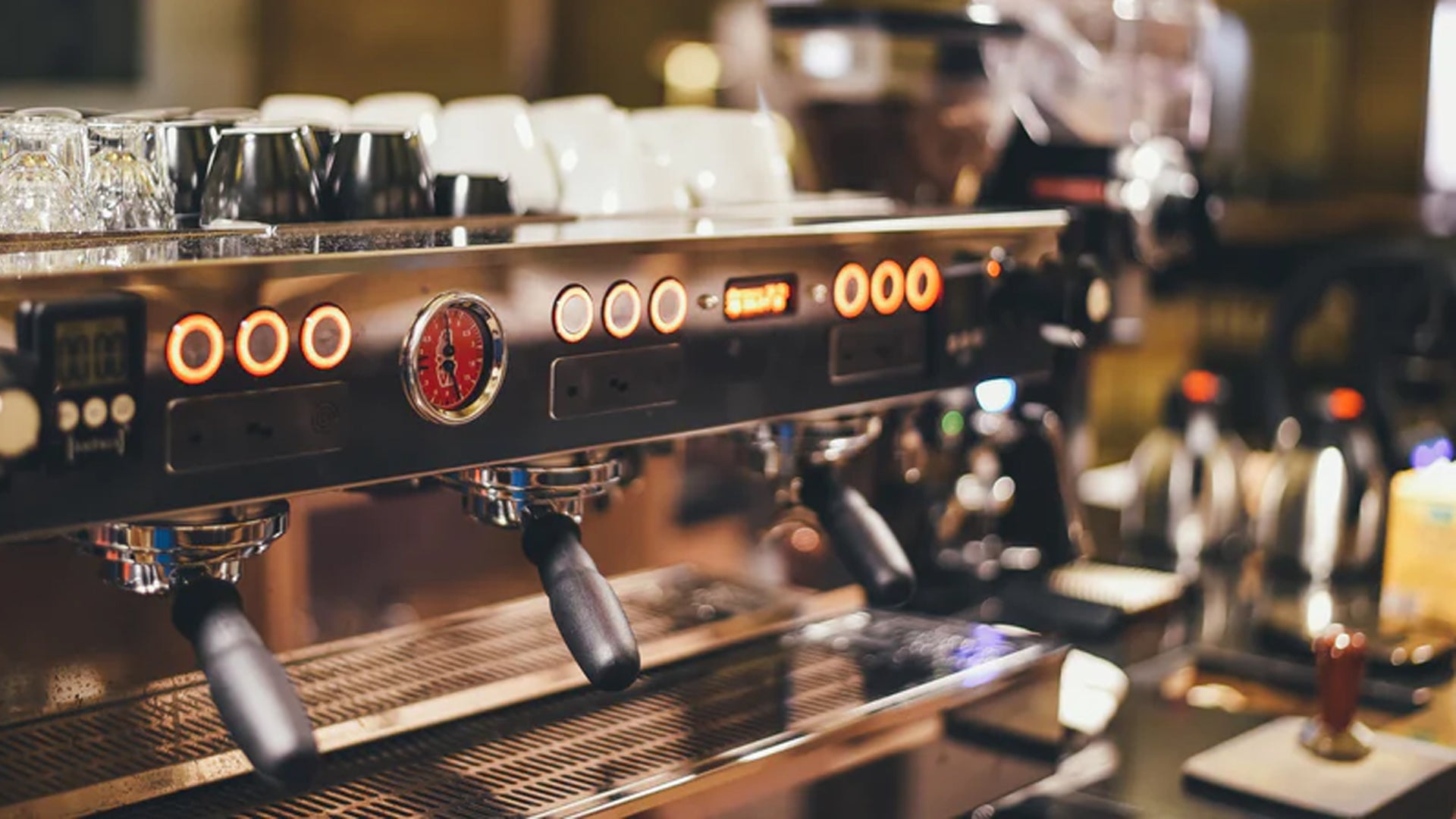Have you ever wondered if you can have full control over the brewing process with a semi-automatic espresso machine? Well, wonder no more! In this article, we will explore the fascinating world of brewing coffee with a semi-automatic espresso machine and how it gives you the power to tailor every cup to your exact preferences. Get ready to experience a whole new level of coffee mastery as we delve into the intricacies of this incredible machine. So grab your favorite mug and let’s embark on a journey to unlock the secrets of achieving the perfect espresso shot every time.
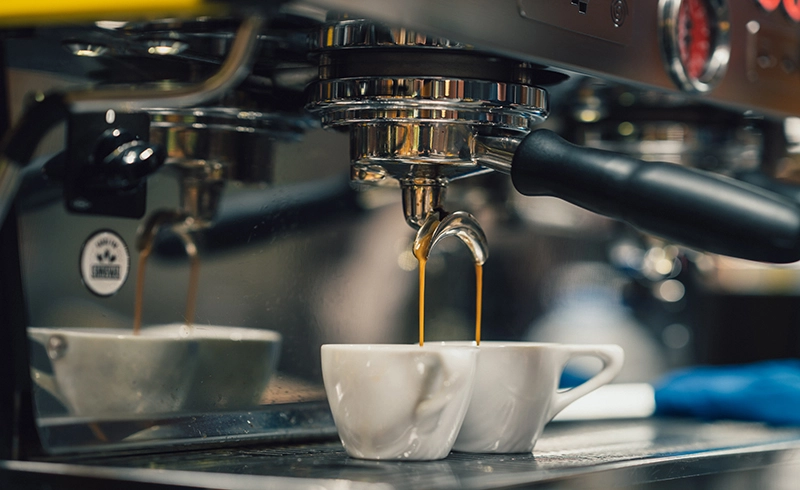
Overview
What is a semi-automatic espresso machine?
A semi-automatic espresso machine is a type of espresso machine that allows you to have more control over the brewing process compared to other types of machines. It gives you the ability to manually start and stop the brewing cycle, adjust various parameters such as temperature and pressure, and make decisions that can directly impact the taste and quality of your espresso.
How does it differ from other types of espresso machines?
Semi-automatic espresso machines differ from other types of espresso machines, such as fully automatic or manual machines, in terms of the level of control they offer. While fully automatic machines automate the entire brewing process and require minimal input from the user, and manual machines require complete control from the user, semi-automatic machines strike a balance by offering manual control over certain aspects of the extraction while still providing some automated features.
Benefits of using a semi-automatic espresso machine
Using a semi-automatic espresso machine has numerous benefits. Firstly, it allows you to have a greater degree of control over the brewing process, which gives you the opportunity to experiment and fine-tune your espresso to suit your preferences. Additionally, you have the flexibility to adjust various parameters such as temperature, pressure, grind size, and dose, which can greatly impact the flavor profile of your espresso. Moreover, using a semi-automatic machine gives you the freedom to explore and master manual extraction techniques, enabling you to become a skilled barista and create high-quality espresso consistently.
Understanding the Brewing Process
The importance of control in the espresso brewing process
Control is a crucial aspect of the espresso brewing process. The extraction of flavors and aroma from the coffee grounds is dependent on a delicate balance of various factors, including temperature, pressure, and extraction time. By having control over these variables, you can tailor the brewing process to achieve your desired taste and strength. Without control, you may end up with an under-extracted or over-extracted espresso, resulting in a lack of flavor or a bitter and unpleasant taste.
Factors affecting the taste and quality of espresso
Several factors influence the taste and quality of espresso, including the coffee beans used, the grind size, the extraction time, and the water temperature and pressure. Each of these factors plays a significant role in extracting the desirable flavors and characteristics from the coffee grounds. It is important to understand how these factors interact with one another to achieve a balanced and flavorful espresso.
How a semi-automatic espresso machine allows for control
A semi-automatic espresso machine provides you with the ability to control various aspects of the brewing process. You can manually start and stop the extraction, adjust the temperature and pressure settings, choose the grind size, and determine the dose of coffee used. This level of control allows you to fine-tune each parameter to achieve the optimal flavor and strength of your espresso. With practice and experimentation, you can develop your own signature brewing process and consistently produce high-quality espresso.
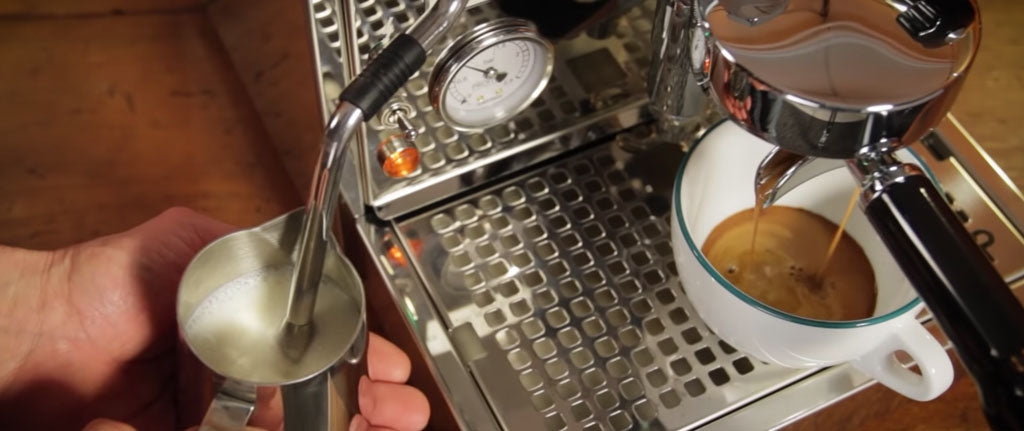
Temperature Control
The role of temperature in espresso extraction
Temperature is a critical factor in espresso extraction as it affects the solubility of the coffee compounds. The optimal temperature range for brewing espresso is typically between 195°F and 205°F (90°C and 96°C). If the water temperature is too low, the extraction will be underwhelming and result in a weak and bland espresso. On the other hand, if the temperature is too high, the coffee may become over-extracted, resulting in a bitter and burnt taste.
Methods used for temperature control in semi-automatic espresso machines
Semi-automatic espresso machines employ various methods to ensure temperature control during the brewing process. One common method is utilizing a heat exchange boiler or a dual boiler system. These systems allow for simultaneous brewing and steaming, ensuring a consistent temperature for brewing. Additionally, some machines have PID (Proportional-Integral-Derivative) controllers that monitor and regulate the water temperature to maintain precise control.
Optimal temperature range for brewing espresso
The optimal temperature range for brewing espresso is between 195°F and 205°F (90°C and 96°C). However, it is important to note that different coffee beans may have varying temperature requirements to bring out their unique flavors. This temperature range serves as a general guideline, but it’s always recommended to experiment and adjust the temperature according to your specific coffee beans and preferences.
Pressure Control
The significance of pressure in espresso extraction
Pressure plays a crucial role in extracting the flavors and oils from the coffee grounds. When water is forced through the compacted coffee grounds under pressure, it helps to extract the soluble compounds responsible for the aroma and taste of espresso. The optimal pressure for espresso extraction is typically around 9 bars (130 psi). This pressure range ensures efficient extraction without over-extracting bitter compounds.
Pressure control mechanisms in semi-automatic espresso machines
Semi-automatic espresso machines offer various methods for controlling the pressure during extraction. One common method is utilizing a pump, which creates the necessary pressure to force water through the coffee grounds. Some machines have built-in pressure gauges that allow you to monitor and adjust the pressure manually. Additionally, newer machines may feature pre-programmed pressure profiles, allowing you to experiment with different pressure settings for customized extraction.
Ideal pressure settings for different espresso varieties
Different espresso varieties can benefit from specific pressure settings to enhance their unique flavors. For example, higher pressures are often used for lighter roast beans to extract the delicate and nuanced flavors, while lower pressures are suitable for darker roast beans to minimize bitterness. It’s essential to experiment with different pressure settings and observe the impact on the taste and characteristics of your espresso.
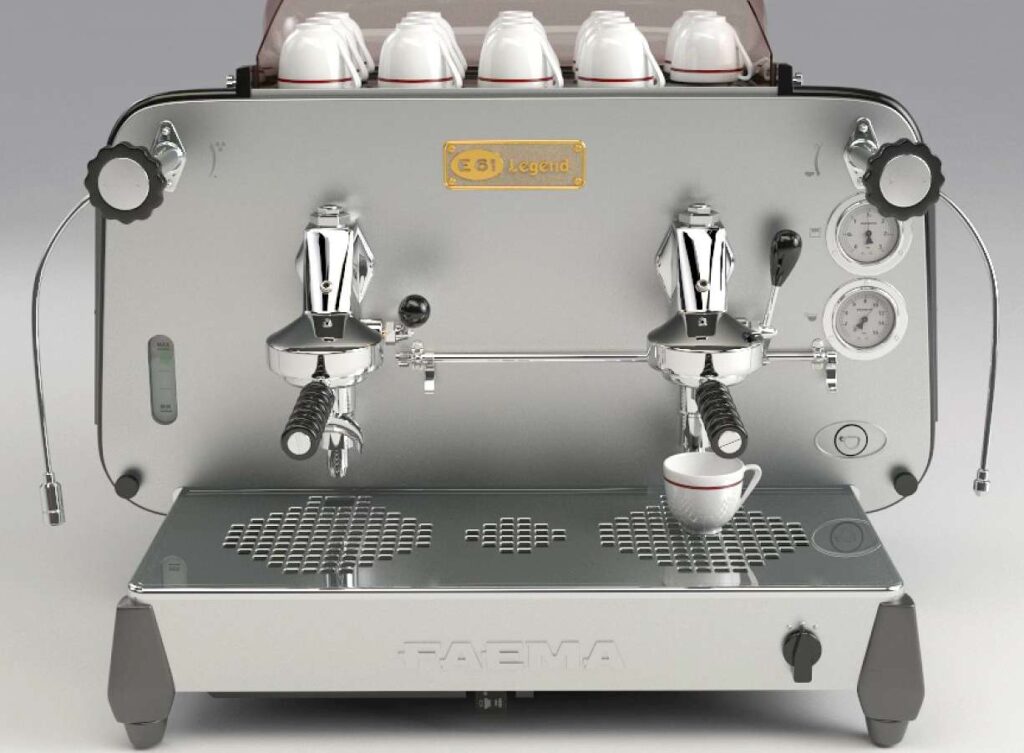
Grind Size Adjustment
The relationship between grind size and extraction
The size of the coffee grounds significantly affects the extraction process. Finely ground coffee exposes a larger surface area to the water, leading to greater extraction, while coarser grind sizes result in a slower extraction. Adjusting the grind size allows you to control the extraction time and the concentration of flavors in your espresso.
How a semi-automatic espresso machine enables grind size adjustment
Semi-automatic espresso machines feature built-in burr grinders or provide the option to use external grinders. These machines allow you to adjust the grind size, typically through a dial or a knob, so you can customize the extraction process. By experimenting with different grind sizes, you can find the sweet spot that produces the desired strength and flavor of your espresso.
Determining the right grind size for desired espresso strength
Finding the right grind size requires some experimentation. If your espresso tastes weak and lacks body, the grind size may be too coarse, resulting in fast extraction. On the other hand, if the espresso is overly bitter or has a burnt taste, the grind size may be too fine, causing over-extraction. Adjusting the grind size incrementally and tasting the resulting espresso will help you determine the optimal grind size for your desired strength.
Dose Control
Understanding the concept of dose in espresso brewing
Dose refers to the amount of coffee used in making espresso. It plays a fundamental role in determining the strength and flavor of your espresso. Picking the right dose allows you to achieve the perfect balance between the coffee’s characteristics and the desired taste profile.
Dose control features in semi-automatic espresso machines
Semi-automatic espresso machines provide various features to control the dose of coffee used. Most machines have portafilters with different basket sizes, allowing you to choose the appropriate dose. Additionally, some machines offer programmable dosing, which enables you to set the desired dose and have it consistently delivered with each extraction.
Determining the ideal dose for different espresso preferences
The ideal dose varies depending on personal preferences and the specific coffee beans used. A higher dose generally produces a more concentrated and intense espresso, while a lower dose results in a lighter and milder flavor. Experimenting with different doses and tasting the resulting espressos will help you find the ideal balance of strength and flavor that suits your preferences.

Manual Extraction Techniques
Mastering manual extraction techniques with a semi-automatic espresso machine
Using a semi-automatic espresso machine gives you the opportunity to master manual extraction techniques, which can elevate the quality of your espresso. Manual techniques allow for greater control over factors such as pre-infusion, blooming, and extraction time. By honing these skills, you can fine-tune the extraction process to achieve a more nuanced and balanced flavor in your espresso.
Understanding pre-infusion and blooming
Pre-infusion is the process of allowing hot water to saturate the coffee grounds for a short period before applying full pressure for extraction. This step ensures an even extraction and promotes the release of desirable compounds. Blooming, on the other hand, is specific to coffee beans that have been freshly roasted. It involves briefly saturating the grounds with a small amount of water to release the trapped carbon dioxide gas, allowing for a more even extraction.
Methods for achieving optimal extraction with manual techniques
To achieve optimal extraction with manual techniques, it is important to understand the variables that can be controlled. Experiment with different pre-infusion times, blooming durations, and extraction times to find the ideal combination. Keep in mind that these manual techniques may require some practice and adjustments to achieve consistency, but the results can be highly rewarding in terms of flavor and complexity.
Milk Frothing Control
Exploring the milk frothing capabilities of semi-automatic espresso machines
Semi-automatic espresso machines often come equipped with a steam wand or milk frother that allows you to create creamy and velvety milk foam for beverages like cappuccinos and lattes. With control over the milk frothing process, you can achieve the perfect texture and consistency to complement your espresso.
Achieving the perfect texture and consistency of milk foam
To achieve the perfect milk foam, it is essential to start with cold milk and a clean and cold frothing pitcher. Position the steam wand just below the surface of the milk, allowing it to create a whirlpool effect. Stretching the milk with the steam creates microbubbles, while proper texturing and incorporating the foam into the milk create the desired creamy consistency.
Implementing latte art techniques with control
With a semi-automatic espresso machine, you can take your milk frothing skills to the next level and attempt latte art. Latte art involves creating intricate designs on the surface of your espresso-based beverages using the milk foam. With practice and control over the milk frothing process, you can develop the skills necessary to pour beautiful and impressive designs, impressing both yourself and others with your barista skills.
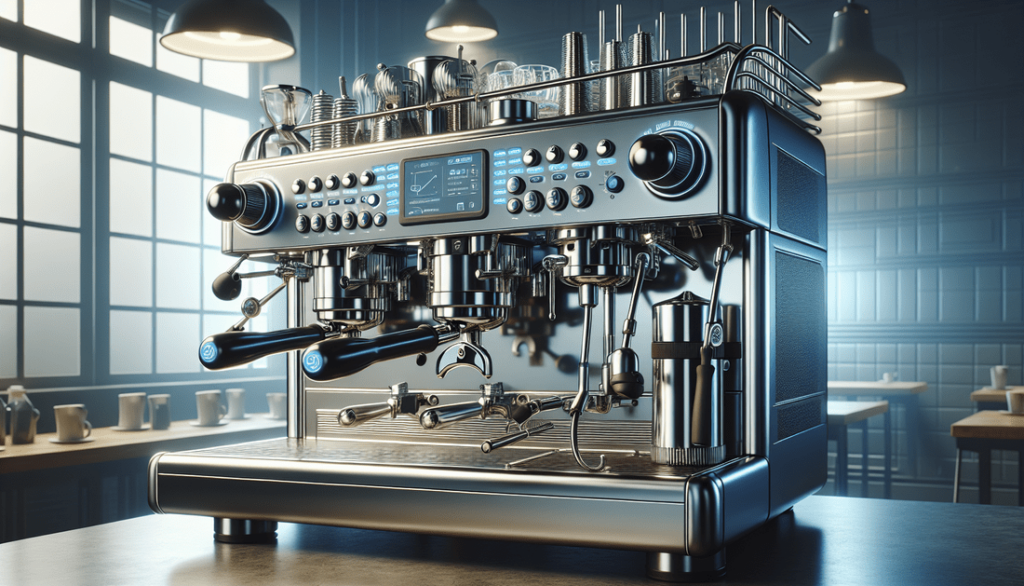
Cleaning and Maintenance
Proper cleaning and maintenance procedures for a semi-automatic espresso machine
Regular cleaning and maintenance are crucial for the longevity and performance of your semi-automatic espresso machine. It is essential to follow the manufacturer’s instructions for cleaning the various components, such as the portafilter, steam wand, and water reservoir. Additionally, descaling the machine periodically helps remove mineral deposits and maintain the machine’s efficiency.
The impact of cleanliness on the brewing process
Maintaining a clean espresso machine is essential for consistent and high-quality brewing. Residues and build-up can negatively impact the taste of your espresso, affecting the extraction and leading to subpar results. Regular cleaning ensures that the flavors of your coffee have a clean canvas to shine through, allowing you to fully enjoy the nuances and complexities in every cup.
Troubleshooting common issues and ensuring longevity
Occasionally, you may encounter issues with your semi-automatic espresso machine. Common problems include inconsistent extraction, steam wand blockage, or leaking. Troubleshooting these issues often involves ensuring proper cleaning, checking for loose connections, and consulting the user manual or manufacturer’s website for specific instructions. Regular maintenance and addressing issues promptly can prolong the lifespan of your machine and ensure optimal performance.
Conclusion
The advantages of controlling the brewing process with a semi-automatic espresso machine
Having control over the brewing process with a semi-automatic espresso machine offers numerous advantages. It allows you to tailor the flavor and strength of your espresso according to your preferences, providing a personalized and satisfying coffee experience. By adjusting parameters such as temperature, pressure, grind size, and dose, you can fine-tune your brewing technique and consistently produce high-quality espresso at home.
Improving your espresso skills with practice and experimentation
Using a semi-automatic espresso machine presents an opportunity to improve your espresso skills through practice and experimentation. With each extraction, you can refine your understanding of the brewing process and how different variables impact the final result. Investing time in learning and experimenting will enhance your barista skills and enable you to create exceptional espresso beverages that rival the quality of your favorite coffee shops.
Choosing the right semi-automatic espresso machine for your needs
When considering a semi-automatic espresso machine, it is important to research and choose one that suits your specific needs and preferences. Factors to consider include the machine’s features, build quality, ease of use, and overall performance. Reading customer reviews and seeking recommendations can help guide you in finding the perfect machine that will empower you to control the brewing process and elevate your coffee experience.

